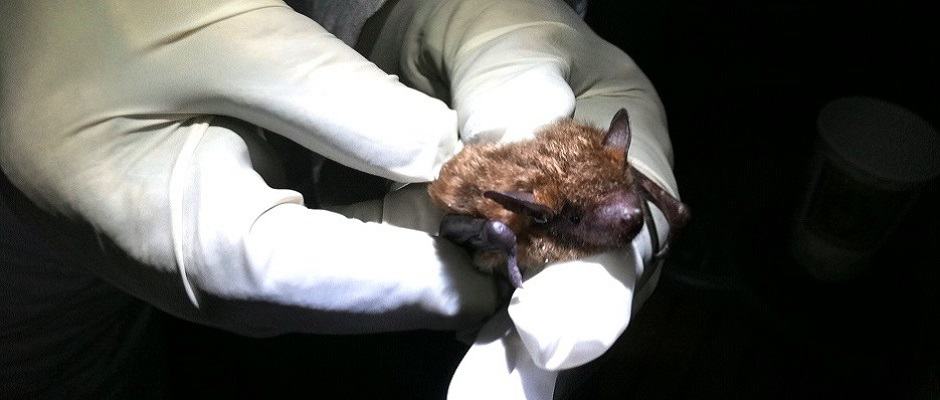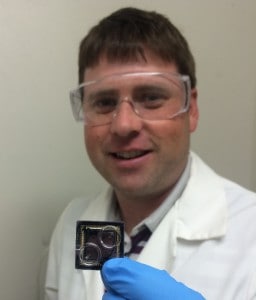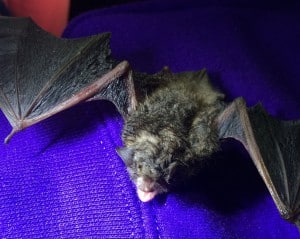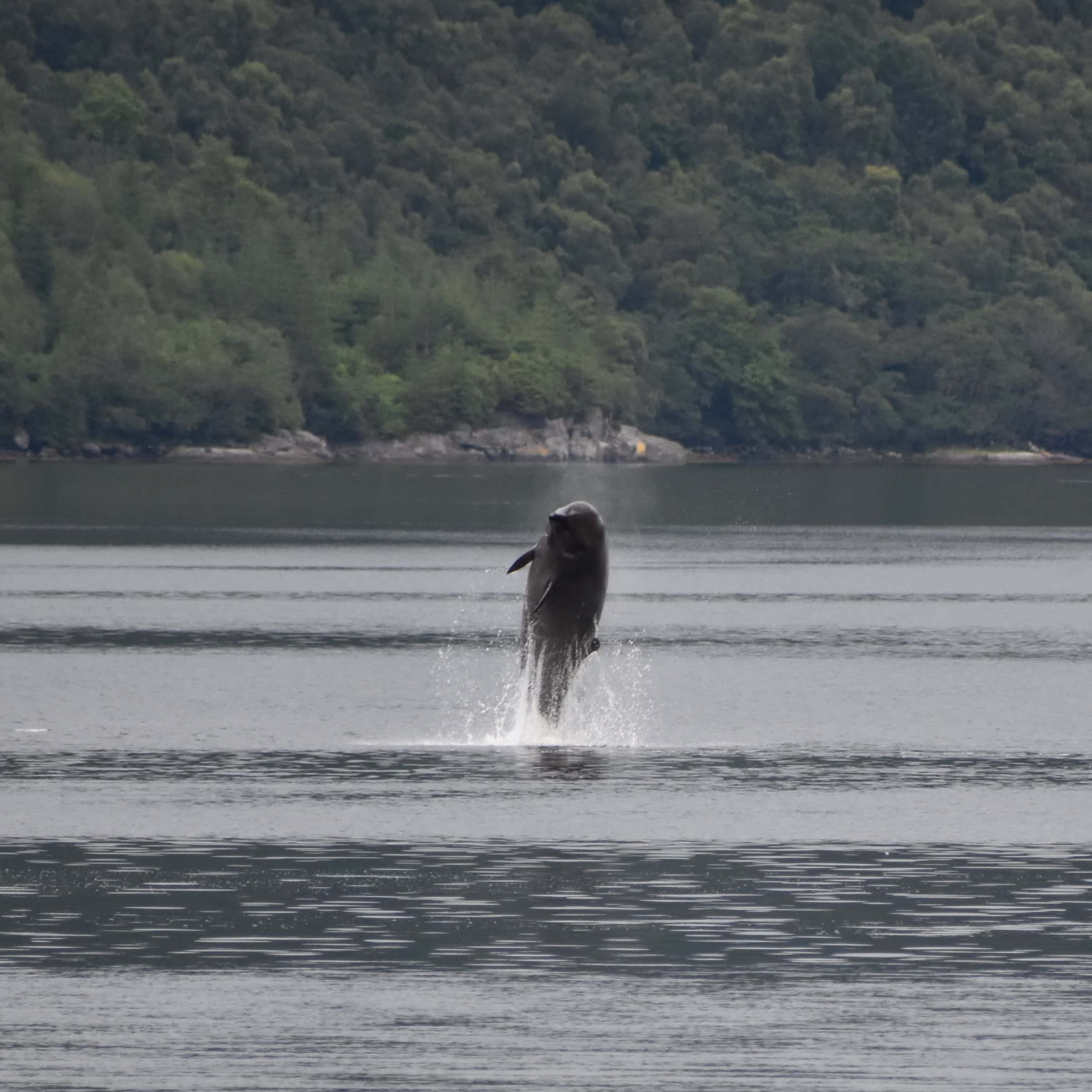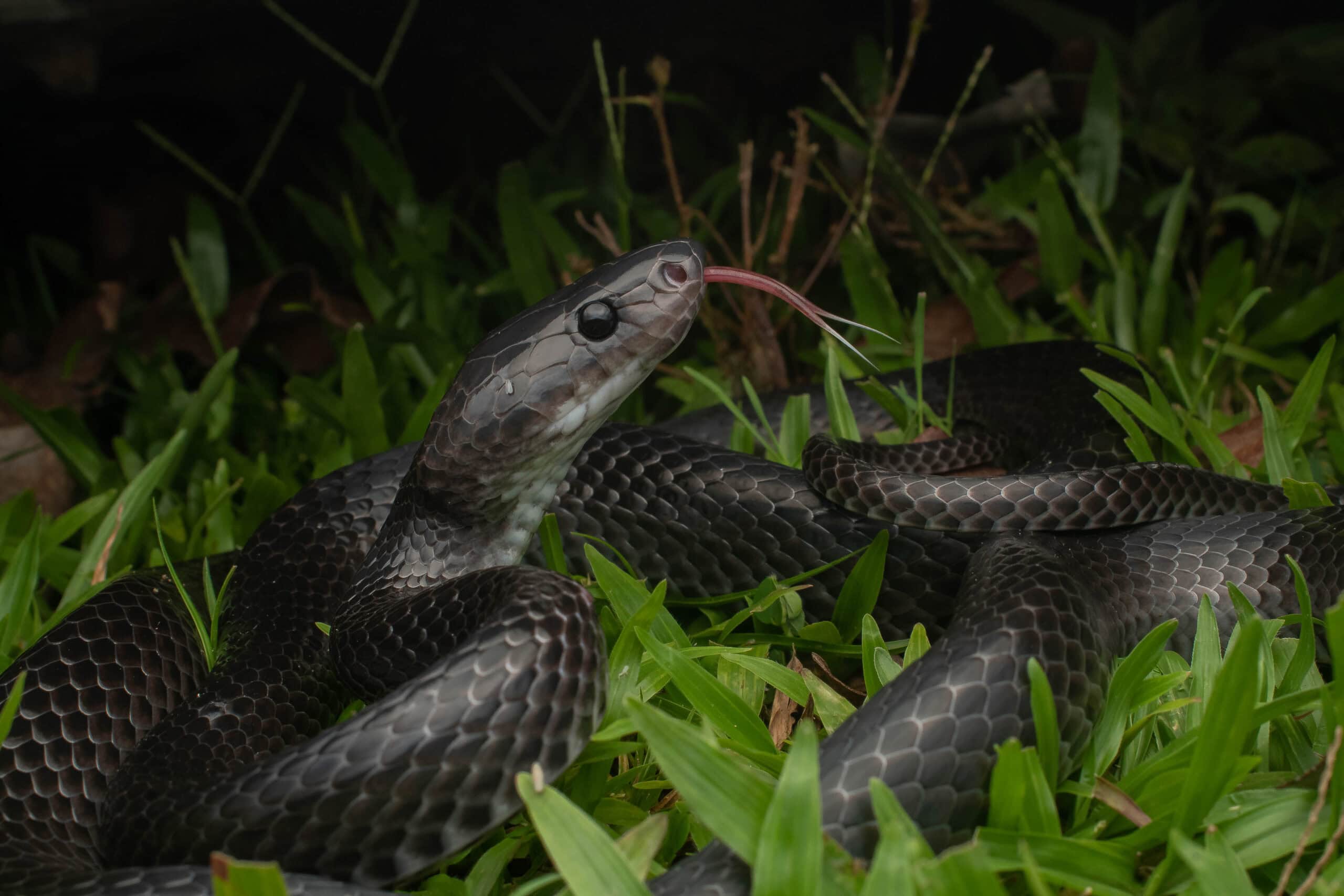Share this article
White-nose fungus in Washington state likely originated in eastern US
This past spring, white-nose syndrome, a disease that’s caused the death of over 5 million bats in the U.S. so far, jumped from the eastern U.S., where it had originally become established, to its farthest western point in Washington state.
In a recent study published in the journal mSphere, researchers tackled the question of where the fungus in the little brown bat in North Bend, Washington, originated from.
“We’ve been seeing white-nose syndrome moving slowly from the epicenter of New York,” said Daniel Lindner, a research plant pathologist with the U.S. Forest Service’s Northern Research Station. “We were both surprised and not surprised [that the disease showed up in Washington], but we were definitely sad.” Lindner hadn’t expected the disease to reach the western part of the country for at least another 30 years or so, but, he said, “With emerging infectious diseases, long distance jumps are almost inevitable. The problem is that we can’t definitively predict when and where they’re going to show up.”
Once the disease was confirmed in the little brown bat in Washington and the carcass was sent to the National Wildlife Health Center in Madison, Wisconsin, the first question was if the fungus is the same one that’s now prevalent in the eastern U.S. According to Lindner, it was possible that the fungus was a brand-new strain or that it came from abroad since the area where the fungus was found is close to Seattle, which is a hub for shipments coming from Eurasia. “With the Washington bat, we didn’t know what the answer was going to be,” he said. “Anything was on the table.”
As part of their study, collaborators at the National Wildlife Health Center cultured and grew the fungus taken from the infected bat’s wing in order to obtain its DNA. Lindner and his team then used an in-house next-generation DNA sequencer to sequence the entire genome of the fungus. The DNA sequences were then compared with the sequences of fungus from bats in the eastern U.S. and Eurasia. The fungus from Washington matched the isolates from the eastern U.S., Lindner says.
While there’s no way to know for sure how the fungus spread so rapidly from the eastern U.S. so far west, there’s some speculation that humans may have been involved in some way. “I can imagine a bat from the east gets in a camper or trailer heading along one of the major interstates,” he said. But, in this case, the infected bat was a western subspecies of the little brown bat, which suggests that a bat traveling from the eastern U.S. had to have spread the disease to the western bat subspecies.
Lindner says that another, less likely, possibility is that the disease has always been in the Pacific Northwest, but is just now being detected. However, there’s a need for more monitoring in order to answer questions like this in the future. Currently, the U.S. Fish and Wildlife Service and the U.S. Forest Service are working together on a national surveillance plan involving federal, state, nongovernmental agencies and tribal groups.
Education and outreach are also important especially since people can potentially be vectors of the fungus, according to Lindner. “Anyone going into caves needs to go through decontamination, especially where white-nose syndrome is well established,” he said. “If you’re in a cave in Pennsylvania and traveling to the Pacific Northwest, you should think about what clothes you’re wearing or what shoes or boots you have on and make sure you’re cleaning and disinfecting to the best extent possible.” Current decontamination protocols can be found at www.whitenosesyndrome.org.
Meanwhile, research projects are underway to determine how best to manage the disease. This includes potentially using UV lights to disinfect caves without disturbing other important organisms as well as looking at organic compounds from bacteria that are found to inhibit the fungus.
Header Image: A researcher holds a healthy big brown bat in Wisconsin. ©Daniel Lindner



